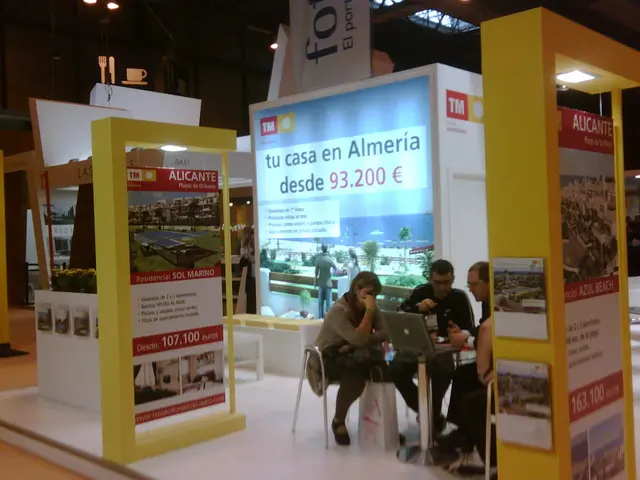Senate Plans to Lift the 30th Tempo Ban Next Week
Berlin, Germany - The Berlin Senate is contemplating a move to rescind the 30 km/h speed limits on up to 25 major thoroughfares, a decision that has sparked controversy among environmental groups, the Greens, and some coalition partners.
The proposal aims to address traffic flow and transportation efficiency concerns, with advocates arguing that higher speed limits on these main roads could improve vehicle movement and reduce congestion. However, critics fear that this move could lead to more accidents and fatalities, as lower speed limits are often implemented to enhance road safety, particularly for vulnerable road users like pedestrians and cyclists.
The affected streets, which have a total length of 230 kilometers, include Albrechtstraße, Alt-Moabit, Breite Straße, Brückenstraße, Danziger Straße, Dominicusstraße, Dorotheenstraße, Elsenstraße, Erkstraße, Friedrichstraße, Hauptstraße, Hermannstraße, Invalidenstraße, Joachimsthaler Straße, Kaiser-Friedrich-Straße, Klosterstraße, Leipziger Straße, Leonorenstraße, Luxemburger Straße, Mariendorfer Straße, Martin-Luther-Straße, Oranienburger Straße, Potsdamer Straße, Reinhardstraße, Saarstraße, Scharnweberstraße, Stromstraße, Tempelhofer Damm, Torstraße, Turmstraße, Wildenbruchstraße, and Wilhelmstraße.
Ute Bonde, Environment and Transport Senator, has suggested imposing 30 km/h limits at night (10 pm to 6 am) on many major thoroughfares for reasons of noise protection and health protection. On the remaining nine streets, the 30 km/h limit will remain partially for reasons of traffic safety. If high-frequency school routes run along these street sections, 30 km/h could be imposed there as well.
The German Environmental Aid (DUH) has announced it will legally challenge the increase in the speed limit, citing concerns over worsened air quality, increased traffic noise, and decreased road safety. Jürgen Resch, DUH Federal Director, described the plan as sending Berlin back to the past and cementing a car-friendly city.
The decision on the Clean Air and Noise Protection Plan will be made by the Berlin Senate next Tuesday. The Senate's position is that they are doing what is legally compliant with the Road Traffic Regulations (StVO). Bonde states that a specific reason is always required to implement 30 km/h zones, and the StVO also allows a speed limit for high-frequency school routes.
As the debate unfolds, it is clear that the trade-off between safety improvements from lower speeds and demands for efficiency and traffic capacity on busy roads remains a central issue in urban traffic policy discussions. For more precise or updated official Berlin statements on this topic, consulting current Berlin Senate transport department releases or local news is advisable.
- In response to concerns about traffic flow and efficiency on major thoroughfares, the Berlin Senate is considering removing 30 km/h speed limits, a move that has sparked debate in the realm of policy-and-legislation and politics.
- The finance industry might be impacted if the increased speed limits lead to more accidents and fatalities, as this could potentially result in higher insurance costs and medical expenses.
- General news outlets, including those focusing on industry, finance, and transportation, are closely monitoring the Berlin Senate's decision on the Clean Air and Noise Protection Plan, as the outcome could set a precedent for urban traffic policy in Germany.




